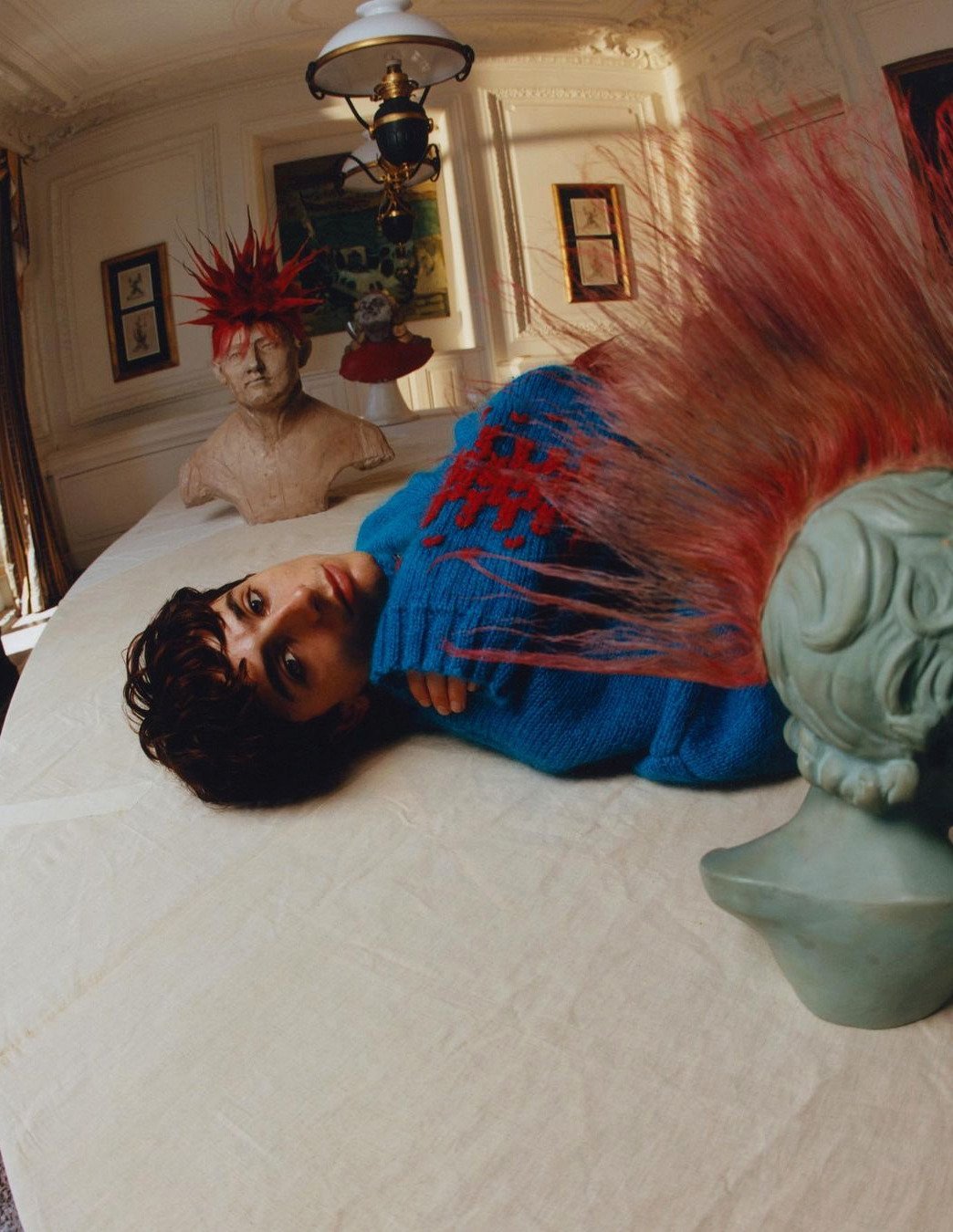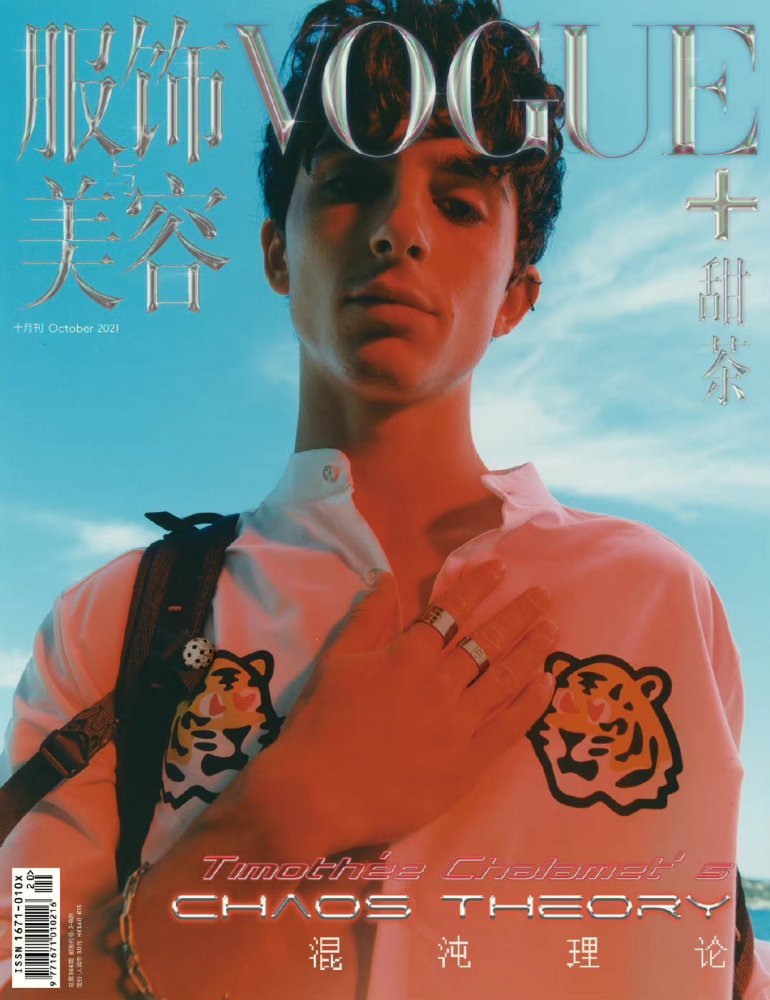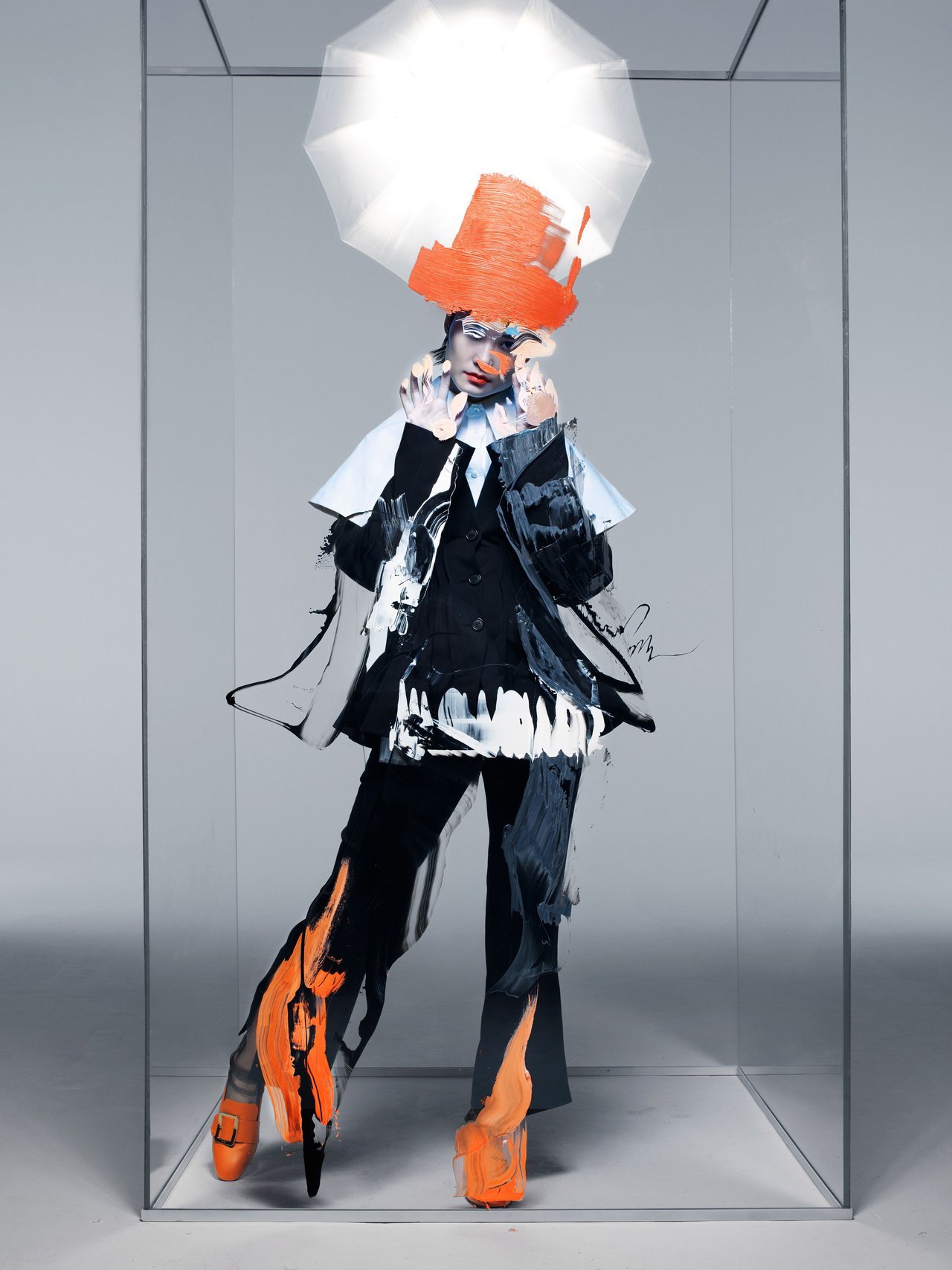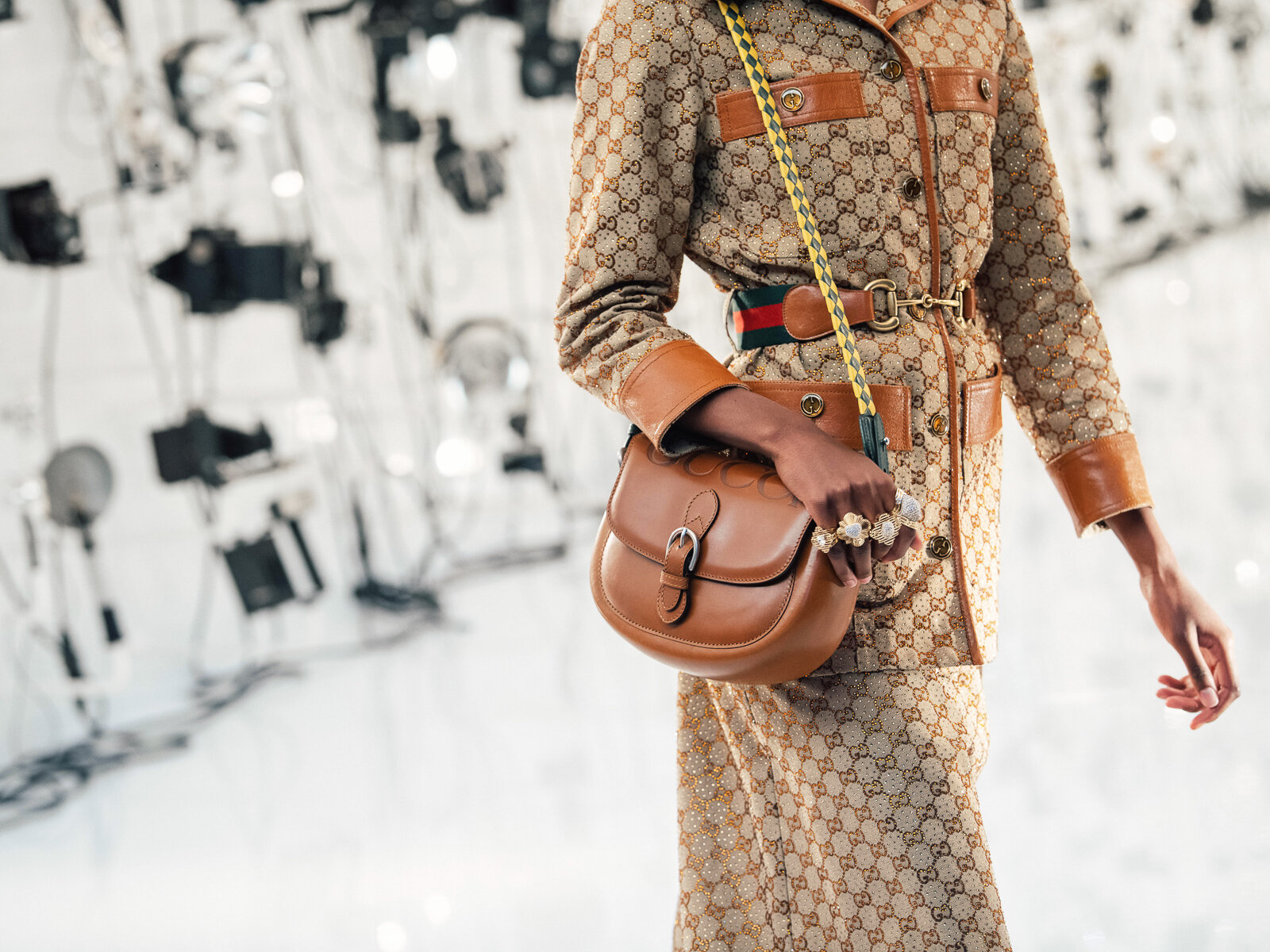VOGUE Plus (+) Might Be Vogue’s Next Best
Vogue was founded by American businessman Arthur Baldwin Turnure as a weekly newspaper based in New York City in 1892. This paper targeted the most luxurious clientele of New York City, honing in on their lifestyle choices — what shoes they wore; what events they went to; who they were courteous with; etc, which ultimately attracted the more envious consumer who had an appetite for high fashion and those associated. Highjacked by Condè Montrose Nast, a highly successful American entrepreneur who later would be recognized as a highly sophisticated individual who could turn failing publications into the highest in demand, Vogue transformed from a male-dominated social affair paper to an international women’s magazine, increasing its purchasing cost, profit margins and most importantly their impact around the world. Regardless of your own personal opinion on Condè Nast or Anna Wintour, Vogue has had a continued impact on fashion consumers for generations of time, so it would be mischievous to say that the magazine hasn’t had its strengths, but as time has continued and the main (western) magazine locations have lacked the adaptation of more modern techniques, the fashion industry has began to look elsewhere for culture, collaboration and a sense of uniqueness.
One edition that spoke out significantly in its production for originality was VOGUE China, which started in September 2005 as a relatively new space in the Eastern Vogue enterprise. Founded by Angelica Cheung as the first creative director, (who has now been replaced by Margaret Zhang - the youngest creative director to ever run a Vogue magazine at 27 years old,) Vogue China has been particularly successful in exploring the more avant-garde fashion identities. Since its beginning, the publication has accumulated more than 57 million readers in print, digital and social channels, with the majority of those consumers being young contemporaries in the realm of fashion. Cheung recognised very quickly that the Chinese fan-base wanted more than just a monthly print magazine, so she created an online edition that updated daily. As one of the first creative directors to take the magazine into digital, there was a-lot of responsibility to make sure it worked. With the jaded perspective that digital was only for the masses while the print was for the luxurious, Cheung has been able to bring both consumers together in one unique space. Now, Vogue China is recognised as the highest circulated Vogue publication, taking over Vogue America by nearly 400,000 people. Chueng has recently added ‘Vogue Films’, which is an area of the magazine dedicated towards videography and Vogue Mini, where readers can read short articles surrounding styles. Most recently, VOGUE+ has been added to the test trials.
Believed to be run by Lily Choi, the former head of Vogue ME and other Vogue China avenues, the VOGUE+ team has dedicated its first edition to CHAOS THEORY: seeking out patterns, twin minds and ideological tribes, in times of uncertainty and chaos. Collaborating on the edition is guest editor Timothèe Chalamet, contributing to the story-boarding, cultural curating and photo album scanning of the magazine. Chalamet uses anecdotal experience to discuss current socio-political themes of chaos theory, relating his current work towards a greater understanding: "I get so much out of being able to work with the artists that I'm on set with, whether it's Denis (Villeneuve), or Rebecca Ferguson, or Zendaya and Javier – and learning from them almost through their energies." His years-long experience working on DUNE was no exception: "I learn so much from the source material. The great thing about working on DUNE is that we get to build on its legacy; we have this opportunity to sink into Frank Herbert's incredible book and see just how much it has influenced the films, books, video games that I grew up on – whether it's Halo, or Gears of War, or Avatar. And it's not a classic narrative, nor is it seeking to satiate your appetite for popcorn. It's almost biblical. Even in undertaking the challenge of a film adaptation, the beauty is in the literature of the book - not only in its world-building, but its philosophies. Frank Herbert was an ecologist before he was an author, and his ethos is ingrained in the book's lessons around the environment, whether it's the impact of colonialism or the very real dangers of exploiting the planet we live on. These lessons still feel so present and necessary today."
VOGUE+’s second cover is in collaboration with guest editor and pop star Chris Lee, going into detail about her love for contemporary art, her social commentary through her lyrics and her ideology of home between Beijing and her hometown in Chengdu - "When life is coming at you from all directions, you just need to take a breather, keep your chin up, maybe reach out to someone. There will always be something new to worry about tomorrow, so you may as well kick it and have a good weekend." Using a more unorthodox way of storytelling, Vogue+ is recognised as a “new platform for the collective. (“Us”). + signifies endless possibility, curiosity, cross-disciplinary collaboration and expecting the unexpected.”
From the portfolio of Vogue sub-groups and locations, there is a clear indicator that Vogue China is driven by originality and flair. By focusing on the youth of China and its unique edginess in design, Vogue takes up more space from an environment of creativity to deliver fashion from both a high-luxury perspective and a youthful anti-establishment one. With Vogue America delving into social topics in a very fruitful and digestible way, (more specifically, in a way that tries to cater towards as many subgroups as possible) VOGUE+ hits a niche due to its undeniable motif. It isn’t magazine friendly per-say, attacking the viewer with its edgy font, unorthodox imagery and rule-breaking formatting. It’s appetising to see Vogue go in such a direction. VOGUE+ is colourful, innovative and child-like, exciting the viewership in a way that is authentic and not built on advertisements. By dedicating a space towards fashion and creative freedom, Vogue showcases their true capabilities in exploring specific scenerios and head-spaces. Hopefully they will continue to explore this way and allow other Vogue locations to follow suit. Fashion is all about youthfulness and newer formalities of exploration, and we should give space for that.







This collection explores the torment created by the pandemic and the journey of healing ahead. Sarah Burton, the creative director of Alexander McQueen, amplifies a sentiment towards regrowth, strength and endurance while showcasing beautifully tailored gowns and garments, manipulating anemones to explore resilience and tranquility.